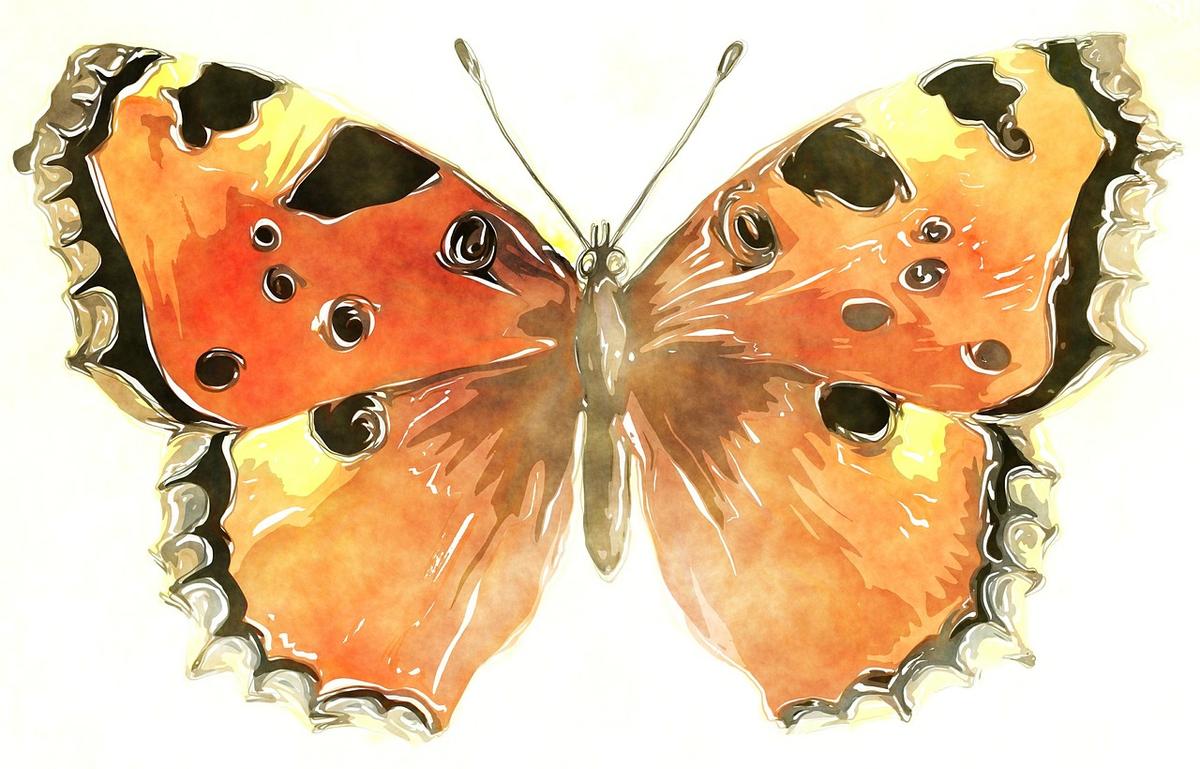From the Director of Pedagogy and Innovation

Unlocking Learning Horizons: The Power of Cross-Curricular Collaboration
In my role that covers Prep – 12 I often reflect on my formative teaching experiences, the lessons that were wonderful as well as the disastrous ones. More recently I have been reflecting on the difference in the approaches to teaching between senior and junior schools. I spent 15 years in different roles in Junior schools, from teaching Kindergarten to senior leadership positions, and what I see as the main difference between the two, is curriculum integration and the ways that different subject areas are treated independently or integrated.
Cross-curricular collaboration is an educational approach that breaks down the compartmentalisation of subjects. In our Junior school, this collaborative spirit manifests in projects where students flick between science, mathematics, and art, unveiling the interconnectedness of knowledge. Young minds explore the life cycle of butterflies, not confined to science textbooks alone. Mathematics intertwines with this exploration as students measure and graph the metamorphic stages, while art provides a canvas for the vibrant butterflies to take flight. Through such projects, our Junior school students not only grasp scientific concepts but also acquire mathematical skills and artistic sensibilities, fostering a holistic understanding of the world.
Similar collaboration is growing in our Senior school, where the complexities of subjects deepen, and the need for interconnected learning becomes even more pronounced. Explorer Time is a really great example of this. Explorer Time is the brainchild of Science, HSIE, and Wild Ed where Year 8 students travel to Bungawarra to help with the regeneration of some of the land around the main building, as well as building on their subject-specific skills such as gathering geographical data. Students have learned about and planted native species, researched their scientific names, collected data on growth and complete field sketches. During this time the natural overlap between these subjects is obvious; we couldn’t unpick which part of the lesson would align with which individual syllabus even if we wanted to. This is the mark of truly integrated curriculum.
For teachers, the opportunity to teach across faculties is very valuable. It helps us to work more creatively and efficiently. Teachers can quickly pick up the points where subjects overlap and can support one another with new ideas, resourcing. We can also pool time to build more significant learning projects. By reaching multiple learning objectives simultaneously we are able to develop greater depth in what we are doing and spend more time investigating and evaluating, rather than moving on quickly.
As 2024 quickly approaches I am really excited to keep sharing about the ways cross-curricular teaching is used as part of our Year 7 Odyssey project. Students in Year Seven will have nearly three days each fortnight to work on projects that combine the outcomes and content of different subjects to build projects individually and collectively. They will focus on the driving themes of different subjects and be directed by students who are coached by teachers in this exciting way of teaching.
Stay tuned for more news on Odyssey soon!
Mr Chris Sanders
Director of Pedagogy and Innovation
